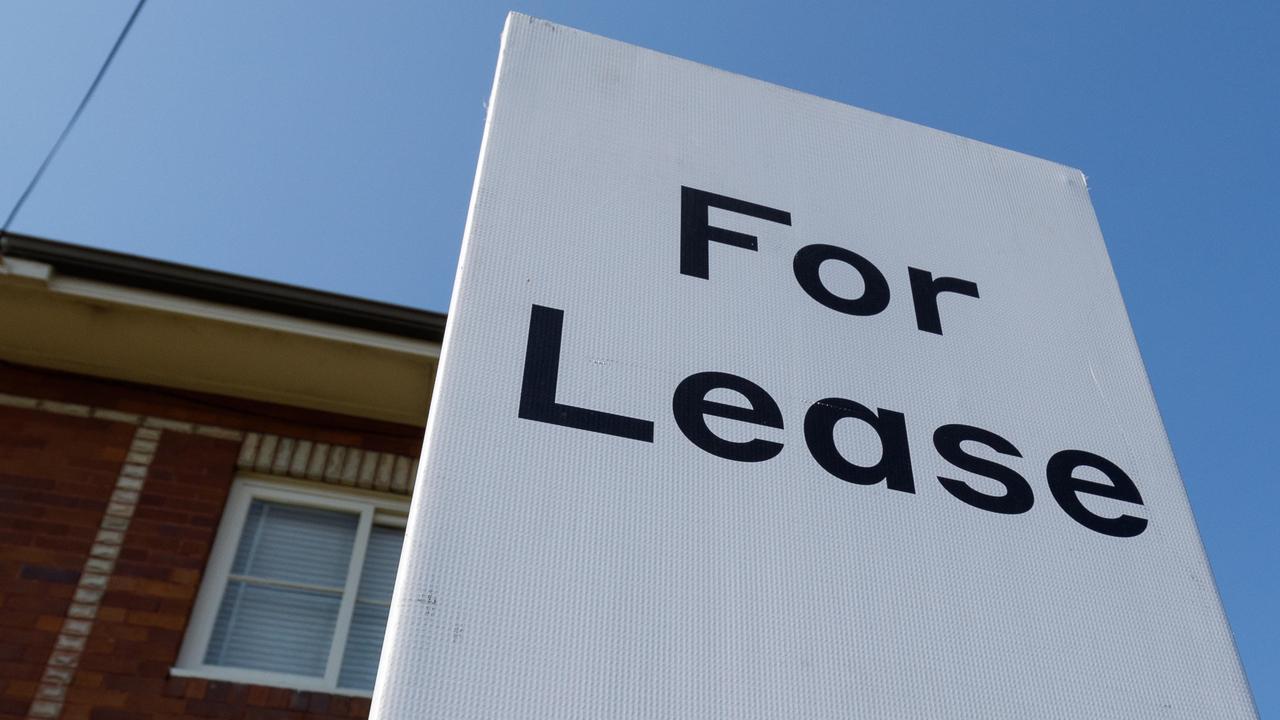The pay rise winners and losers
NEW data shows wage growth in Australia is at its slowest level in history. But there is some good news if you’re looking for a pay rise.
WE’RE all getting poorer — and no one seems to know why.
Yesterday’s release of quarterly wage data by the Australian Bureau of Statistics contained more bad news for Aussie workers, with wage growth hitting new record lows.
While real wage growth is still sitting slightly ahead of inflation, the picture is still not pretty.
Private sector wages rose just 0.4 per cent in the March quarter while public sector wages were slightly ahead at 0.6 per cent.
On a yearly basis, private sector wages are sitting at 1.9 per cent growth, compared with 2.5 per cent in the public sector.
That puts wage growth at its slowest pace since the ABS began collecting data in 1997. Other measures suggest wage growth may actually be at its slowest pace since the late 1960s.
In the three months to March 2016, the slowest wage growth was in the IT, media and telecommunications and rental, hiring and real estate services industries.
Workers in those two sectors saw quarterly wage growth of just 0.1 per cent compared with the previous three months.
Education and training recorded the biggest quarterly rise of 1 per cent, while transport, postal and warehousing workers wages’ rose by 0.7 per cent.
When compared with the same period last year, the biggest gains came in financial and insurance services, education and training, and health care and social assistance, each of which recorded a 2.6 per cent increase.
Rental, hiring and real estate services had the slowest year-on-year wage growth of just 1.3 per cent, below mining and administrative support services, which both came in at 1.4 per cent.
NAB chief economist Alan Oster said “the short answer is no one really knows” why wage growth is at record lows.
“We’re all scratching around trying to find the answer,” he said.
At 5.7 per cent unemployment, Australia is “not radically far away” from 5 per cent, which the Reserve Bank considers full employment.
“[So] how come you’ve got a record low growth rate in that sort of environment?” he said.
“There is an element of the mining sector in it, but generally we’re not seeing much growth in any of the private sector industries.”
Under the normally understood dynamics of the labour market, as unemployment comes down, wage pressure goes up.
IS PART-TIME AND CASUAL WORK THE ANSWER?
In other words, when the economy is in a downturn, employers aren’t forced to offer higher wages to lure workers or convince existing employees to work longer hours.
“Unemployment is starting to get lowish — we think it will get lower — and capacity utilisation is above normal now actually, particularly outside of mining,” Mr Oster said.
“So it’s more that the normal dynamics of the labour market [don’t seem to be working].”
AMP Capital chief economist Shane Oliver said part of the problem could be due to an increase in part-time and casual work.
“Even though we’ve had decent employment growth a lot of it has been part-time and casual, therefore workers feel less sure in asking for significant wage increases and companies are reluctant to grant them,” Dr Oliver said.
“And there is a lot of pressure on companies, which we’ve seen in profit results. Profit growth is very subdued, companies don’t have a lot of pricing power, so they know their ability to pay higher wages is limited.”
Mr Oster was sceptical that the increase in casual and part-time workers, who may be less comfortable seeking pay increases, was the cause of problem.
“My question is, has the labour market become radically different in the last 12 months? Because this is when it has occurred,” he said.
“It may be a part of it, but I don’t think the trend towards more part-time work is a story of the last 12 months.”
Dr Oliver says it is “hard to see what would drive a pick-up” in wage growth.
“On the one hand you could argue it’s not as if the economy has collapsed,” he said.
“Presumably if the negative impact on inflation from falling oil prices starts to fade, then at some point falling inflation will go back towards rising inflation and rising wages growth.
“But at this stage it’s hard to see what’s going to turn it around.”
So what should workers do?
“It’s up to them [whether to ask for a pay increase],” Mr Oster said. “But what I’d say to people, is that the economy outside of mining is actually doing surprisingly well.
“So maybe the idea that you’re scared of keeping your job is probably not really true.”
‘LOW WAGES MEAN MORE JOBS’
According to James Pearson, chief executive of the Australian Chamber of Commerce and Industry, the slowdown in wage growth needs to be put into proper context — that real wages have been growing at the same rate for the past 10 years.
“Real wages are what really matter because they measure purchasing power by adjusting headline wage growth for changes in the cost of living,” he said.
“Headline wage growth has fallen 1.2 percentage points below its 10 year average, but consumer price inflation has fallen by exactly the same amount, which leaves annual real wage growth steady at 0.8 per cent.
“Essentially the fact that businesses are keeping prices low is offsetting lower headline wages.”
He added that lower wage costs give businesses scope to employ more people as the Australian economy adjusts to lower commodity prices and reduced mining investment.
“Slower wage growth is the main reason why the unemployment rate has been lower than forecasters were predicting and even the Reserve Bank acknowledges that employment is higher than it would have been without the current level of wage restraint,” he said.
Mr Pearson said the slow wage growth reflected Australia broader economic challenges.
“With reform stalled and commodity prices falling, Australian businesses are under pressure and some of the effects are flowing through to workers,” he said.
“Australia’s global competitiveness ranking has fallen from 10th to 21st over the last 10 years. The best way to boost wages is to put in place policies that will put Australia back into the top ten most competitive countries, over the next 10 years.”
WINNERS AND LOSERS
• Education and training +1.0 per cent
• Transport, postal and warehousing +0.7 per cent
• Health care and social assistance +0.6 per cent
• Other services +0.6 per cent
• Electricity, gas, water and waste services +0.5 per cent
• Financial and insurance services +0.5 per cent
• Mining +0.5 per cent
• Retail trade +0.4 per cent
• Arts and recreation services +0.3 per cent
• Construction +0.3 per cent
• Manufacturing +0.3 per cent
• Public administration and safety +0.3 per cent
• Accommodation and food services +0.2 per cent
• Professional, scientific and technical services +0.2 per cent
• Wholesale trade +0.2 per cent
• Administrative support services +0.1 per cent
• Information, media and telecommunications +0.1 per cent
• Rental, hiring and real estate services +0.1 per cent
Source: ABS March 2016 Quarterly Wage Growth




